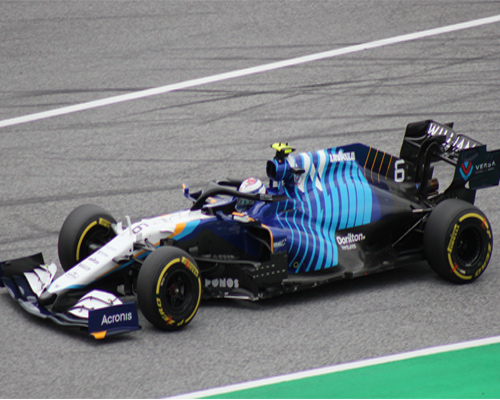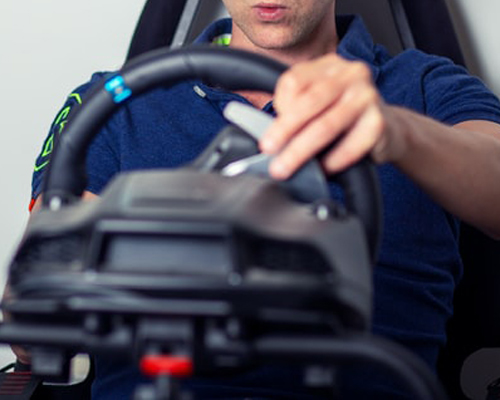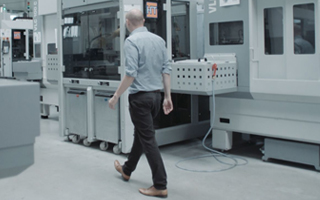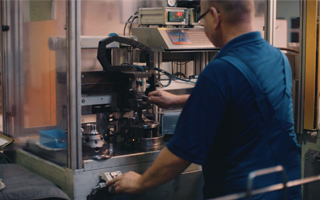What Is Oversteering and How Do You Correct It?
12th July 2022
Whisper it but oversteering can be fun. Just ask rally drivers who exit corners at 100mph.
Even those of a nervous disposition enjoy seeing James Bond or Dominic Torretto drifting as their vehicles bellow smoke and char highways.
But what are the circumstances that lead to this most dramatic of skids, one better left to the professionals?
In this article we’ll examine the mistake turned maneuver and how it can be controlled.
Understeering Explained
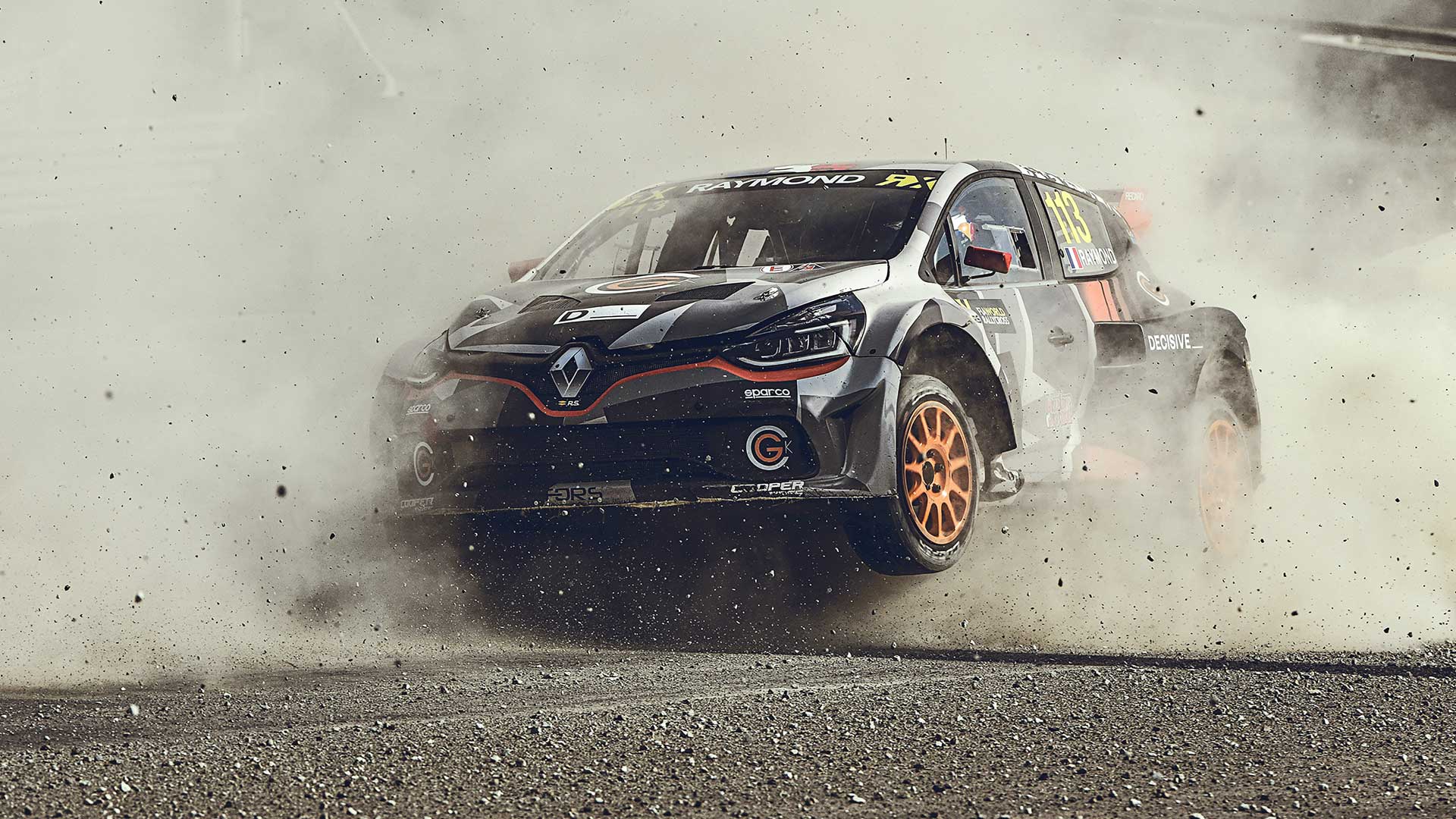
Before we get to oversteering however, it’s important to acknowledge the more common occurrence…
Understeering unfolds when a vehicle approaches an angle only to turn slower than expected. The steering input may well be there, but the output is found wanting.
Rather than follow the direction of the front wheels, a car will simply continue straight ahead. This is both unsettling and dangerous.
It’s also a result of your front tyres struggling for grip.
That tends to happen when you hurtle towards a corner at breakneck speed or turn the wheel suddenly and aggressively.
That said, even cautious drivers can experience understeer, particularly when venturing out in cold and wet conditions. Black ice is a known if invisible contributor.
Before you know it, your vehicle is pushed wide.
A blurred picture is met with a loud screeching from the front wheels, while steering becomes scarily light.
If you’re left in any doubt as to your predicament, vibrations will also stem from the wheel itself.
Admittedly, this paints a scary picture but the key to correcting understeer is to remain calm.
How To Correct Understeering
It’s worth remembering that while the rear wheels maintain grip, the front tyres are slipping on the road surface.
Applying more lock in this scenario is pretty much pointless. Be in doubt, you won’t regain control anytime soon.
Instead, it serves to slow down.
When doing so, take some of the steering lock off. This should see your tyres get a foothold. Providing you decelerate sufficiently, applying more lock will then see you course correct. If that doesn’t prove to be the case, slow down further still.
Judging the severity of your braking at this point is vitally important.
Slamming on the brakes can worsen matters if a road is precariously wet. When faced with a slippery surface, seek to ease up on the throttle.
All the while ensure you look ahead, with a clear idea on where you want to end up.
It should be noted that most modern cars are designed to understeer before they oversteer. There is good reason for that. The former is deemed the easier of the two to control. It’s intuitive at the very least.
Moreover, it’s generally accepted that crashing head on is safer than doing so side on, by virtue of airbags and impact absorbing crumple zones. Avoid testing that theory.
Oversteering Explained
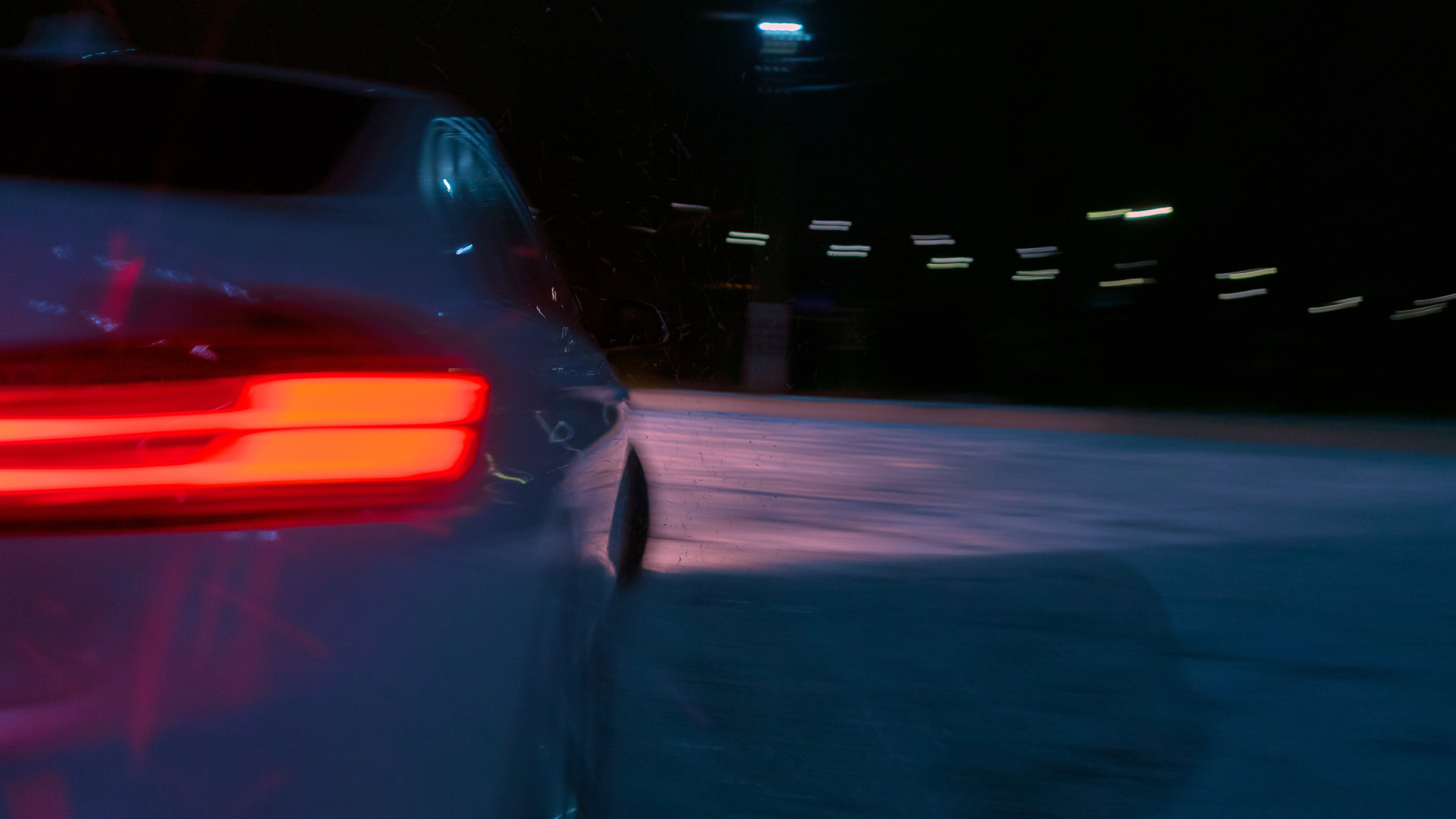
And so to oversteering, which is more commonly experienced in vehicles boasting front-wheel-drive.
There are two kinds to be aware of… and to avoid in day-to-day driving.
The first stems from braking and sees a car’s weight shifted to the front of the vehicle. This sudden tipping of the scales can quickly lead to the rear end losing grip and becoming lightweight.
If you happen to be steering at this precise moment, the momentum of the car can lead to the back-end veering quite dramatically.
Oversteering can also materialize when a thrill seeker puts pedal to the metal in a high gear, whilst simultaneously steering. Lifting the throttle when suddenly steering will have the same result. So too excessive trail braking…
How To Correct Oversteering
The key here is to steer into the skid itself. In other words, if your car swings out to the right, you should steer in that same direction.
Resist any temptation to brake, as this could quickly exacerbate the problem.
A gentle tapping of the throttle is more likely to settle the rear end, allowing you to soften your steering lock and adhere to the turn in the road.
As before, remain focused on the road ahead.
Not unsurprisingly, the second type of oversteering occurs when exiting corners. If too much power has been applied, the likelihood is you’ll be left drifting.
Braking suddenly in this scenario is not advised. Instead, it serves to steer in the direction of the skid whilst maintaining your speed. If that’s not possible, attempt to ease up gradually.
Oversteering is best left to racing drivers and those burning rubber on the big screen. Why? Because they are in control of the seemingly out of control, using the maneuver to navigate a course that bit quicker. They’re trained to do so.
If you like the idea but fear a career in motorsport and movies has passed you by, invest in a track day. It’s far safer.


